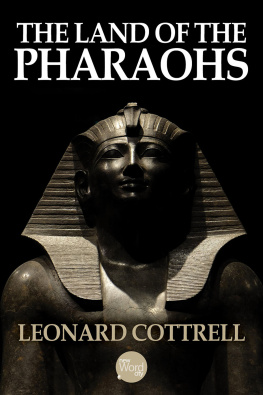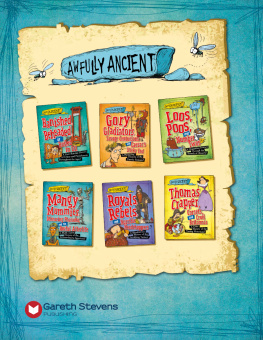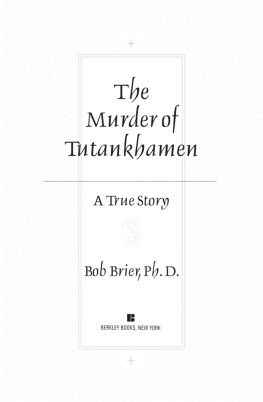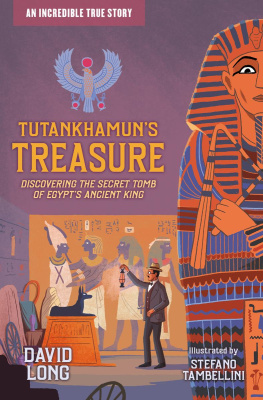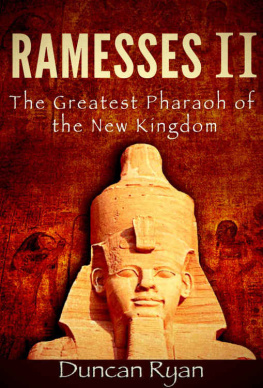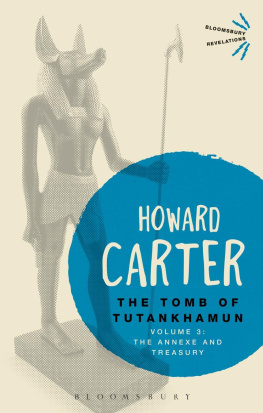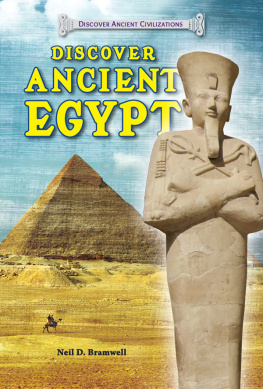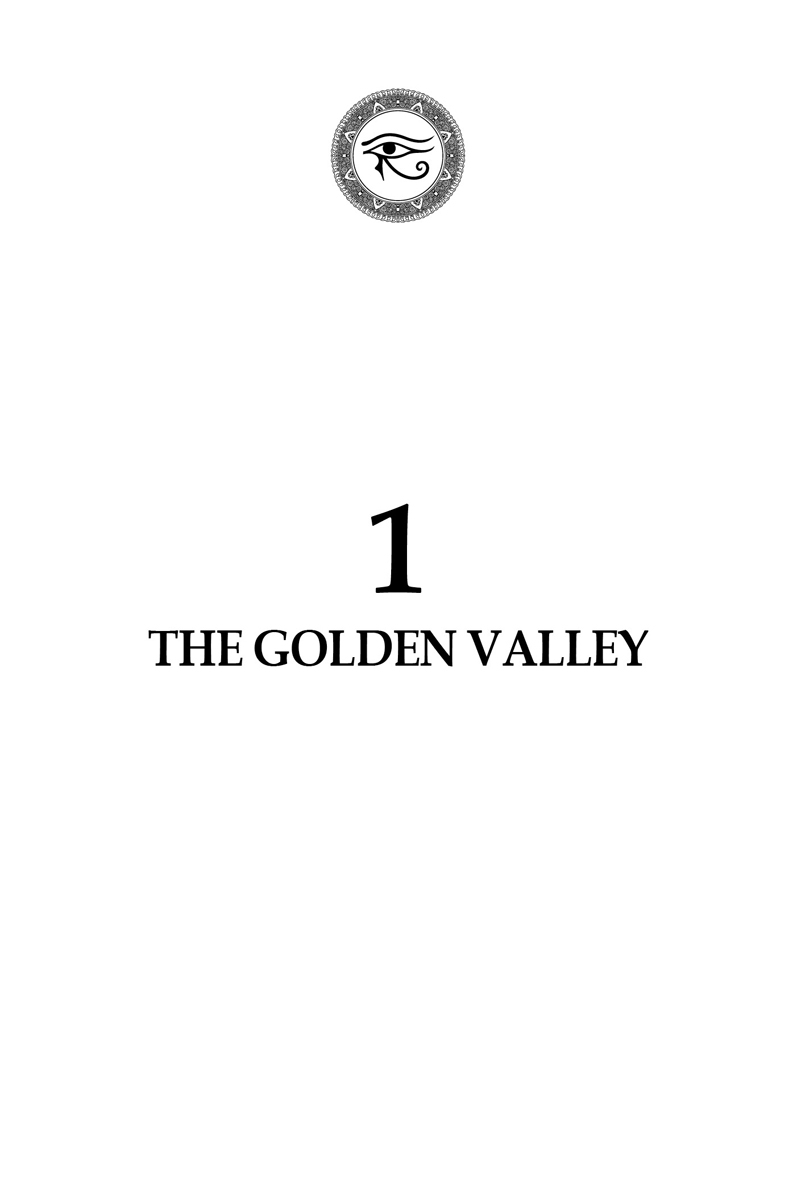Modern Egyptians have a saying: Those who have drunk of the Nile waters always come back to Egypt. This was certainly true of Howard Carter, a young Englishman who first went to the land of the pharaohs at the age of eighteen to copy pictures and inscriptions in ancient tombs. From his first arrival in the country, Carter was captivated.
He loved the Valley of the Nile, coiling like a green snake through almost 1,000 miles of brown desert. He loved the sunshine, pouring down from the unclouded sky. He was overwhelmed by the majesty of the pyramids, built 5,000 years before , and the mysterious tombs, hewn out of rock in the Valley of the Kings near Thebes (modern-day Luxor); sepulchers that had once contained the bodies of pharaohs laid to rest there over 3,000 years ago.
He loved the great temples, with their columns soaring into the sky, topped by capitals so enormous that men could stand on top of them, shoulder to shoulder; the great river crowded with brown-sailed boats; and the songs of the boatmen that recalled those of ancient Egypt. He was fascinated by the people - the modern Egyptian villagers - who still used the same tools and lived the same kind of life as their ancestors whose pictures he copied.
To Howard Carter, the country was a paradise. From an early age, he had been fascinated by ancient Egypt and had read all he could about it. He talked with people who had traveled there and even tried to learn the difficult hieroglyphs , the picture writing of the ancient Egyptians. His parents had been unable to send him to college, but his enthusiasm and curiosity made up for a lack of classical education.
Carters father was an animal painter in the days when English gentlemen had their favorite horses and hunting dogs depicted in oils, and Howard inherited his artistic talent. After leaving school, he got part-time work copying some of the pictures and inscriptions British scholars brought back from Egypt, and it was one of these scholars, Professor Percy Newberry, who was so impressed by Howards work that he took him along on his next trip to Egypt in 1891.
Carter learned Arabic, which won him the confidence and trust of the Egyptians. After a time, he obtained a minor post in the Department of Antiquities, the branch of the Egyptian government responsible for their ancient monuments.
From other archeologists, he learned the art of excavation by watching them dig and then practicing it himself. He quickly realized archeology was not just burrowing in the earth hoping to find valuable objects but was actually a search for knowledge : in this instance, information about the ancient peoples who occupied the fertile Nile Valley thousands of years ago. His first duty was to record and then to preserve any monuments, tombs, and objects found, not to regard Egyptology as a treasure hunt. And yet, partly by chance but mainly by skill, he became the greatest treasure finder of all.
For many years, Carter worked for the Department of Antiquities in ever more responsible jobs. He became an inspector of antiquities, a kind of archeological policeman whose role was to preserve the ancient monuments and also guard them against robbers. Eventually, he was made keeper of the Theban Necropolis, a grand-sounding title for a post that demanded all Carters skill, knowledge, and understanding. Thebes, in Upper Egypt, (that is, the southern part of the country) was the principal city of ancient Egypt some 4,000 years ago. Here were buried many of the greatest pharaoh s , together with their thousands of officials and attendants. Their richly decorated tombs, though plundered thousands of years ago, were still wonderful to look at, but unless they were guarded against the cunning Egyptian tomb robbers (who were secretly encouraged by some European collectors and art dealers), their paintings and sculptures would be remorselessly chipped away.
Carter set to work energetically. He organized ghaffirs (guards) among the more trustworthy Egyptians to guard the tombs and temples of Thebes. He put up iron gates. On one occasion, he was shot at by a band of marauders out to rob a cer tain tomb high up in the limestone cliffs of Thebes, where Carter and his men lay in wait for them. He knew every trick the tomb robbers used. Once, he discovered that a ghaffir had been bribed to leave the door to a certain tomb unlocked, but Carter caught the robbers anyway. Another time, he tracked down a skillful thief by measuring and copying the footprint left on the dusty floor of the tomb. It was exciting work, and Carter liked it, but his main objective was to make the Theban necropolis (cemetery) safe, and in the end, he succeeded.
Then, in 1902, Theodore Davies, a wealthy New Yorker, arrived in Thebes, having obtained permission from the Egyptian government to dig in the tombs of the Valley of the Kings. Since he was an amateur, he had to employ professional excavators to help him dig, and Carter was chosen for the task.
It is important to understand what this meant. The ancient Egyptians believed in a life to come and a soul - the ka that survived after the death of the body. But they also believed that unless the actual body of the dead person was preserved and protected, the ka would also perish. In short, there was no future life for the soul unless the individuals body was also preserved. This meant that for those who could afford it (kings and nobles), it was essential to make a tomb to protect the body against anyone who might afterward come to rob it.
But why steal a dead body? The Egyptian idea of a life after death seems to have been very like the life they led on earth. Therefore, if a person was rich and important, he had to take with him into the grave some of the possessions he had enjoyed on earth. The wealthier the individual, the richer the tomb; and since the pharaohs were naturally the richest of all, their tombs were larger and more splendid than any and were filled with valuable and beautiful objects , often of gold, silver, and precious stones. A king would take with him his expensive royal robes; his gold ornaments; his gold-encased furniture inlaid with precious stones; his chariots; his weapons; his household objects such as alabaster jars and cups. A queen would be buried with her gold ornaments; her toilet articles; her makeup box, jewel case, and gold-mounted hand mirror; her carrying chair, and so on. This treasure attracted the tomb robbers and made it essential that the tomb either be secret or well protected.
Many years before the Egyptian kings ruled from Thebes, they used to be buried under great stone pyramids. But in time, their successors realized that these enormous monuments, though strong, were so conspicuous that unless properly guarded, a determined and resourceful robber could tunnel underneath, force his way into the burial chamber, and rob the dead king of his belongings. Usually, the robbers also destroyed the body. So, about 1600 BCE, the kings hit on another plan. On the west bank of the river Nile , opposite the city of Thebes, are steep limestone cliffs , with a lonely and easily guarded valley behind them. Within this valley (now called by the Arabs the Biban el Maluk ), over thirty of the greatest and wealthiest pharaoh s were buried. Their workmen tunneled long corridors into the rock, leading to chamber after chamber, each filled with precious objects, until finally, one came to the burial chamber of the royal body. The walls were painted with pictures representing the king passing through the underworld. Each chamber was sealed with massive blocks of stone, and the entrance passage was afterward filled with tons of rubble. Then the entrance was carefully concealed. In this way, the pharaoh s of the period of ancient Egyptian history known as the New Kingdom (1555- BCE ) hoped that their bodies - and therefore their souls - would be preserved for eternity.

